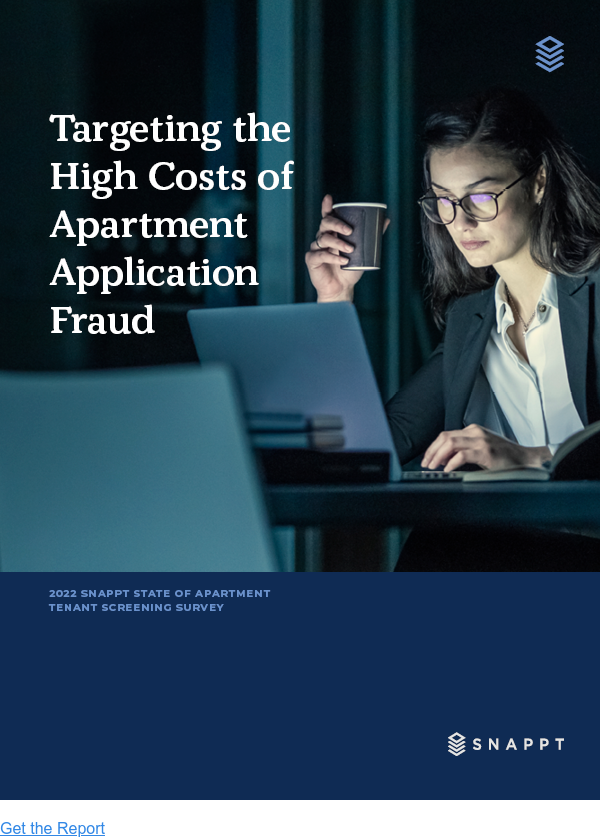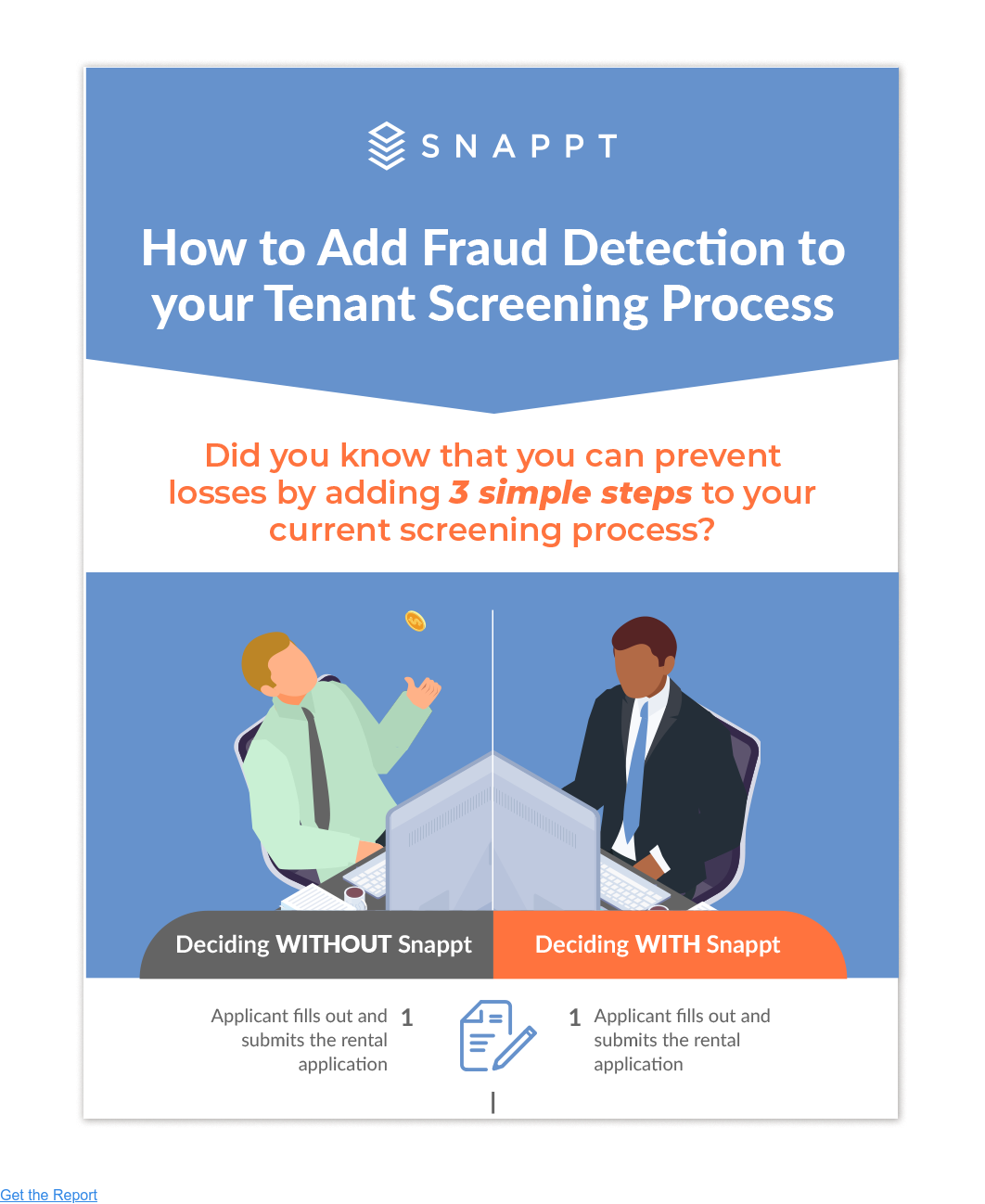Recommended Posts
1 min read
Confronting the Costs of Tenant Fraud - Spirited
May 8, 2020 by Daniel Berlind, CEO of Spirited
3 min read
Online Tenant Verification Services - Spirited
Jul 2, 2020 by Daniel Berlind, CEO of Spirited
3 min read
How To Find Reliable Tenants Using Resident Screening
Jun 7, 2022 by Daniel Berlind, CEO of Spirited











